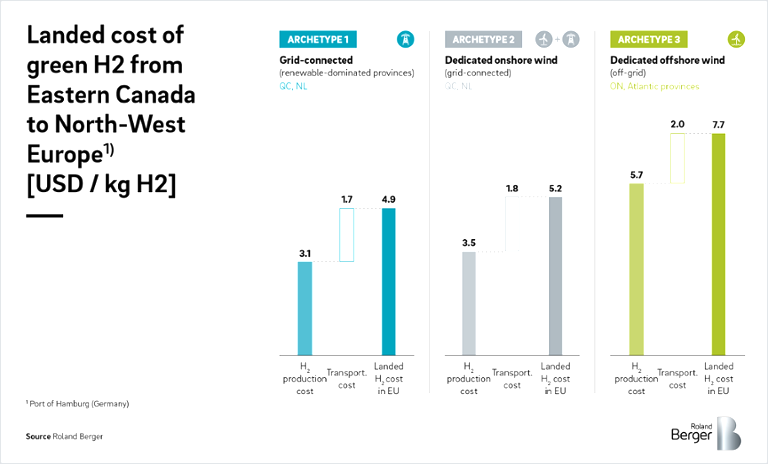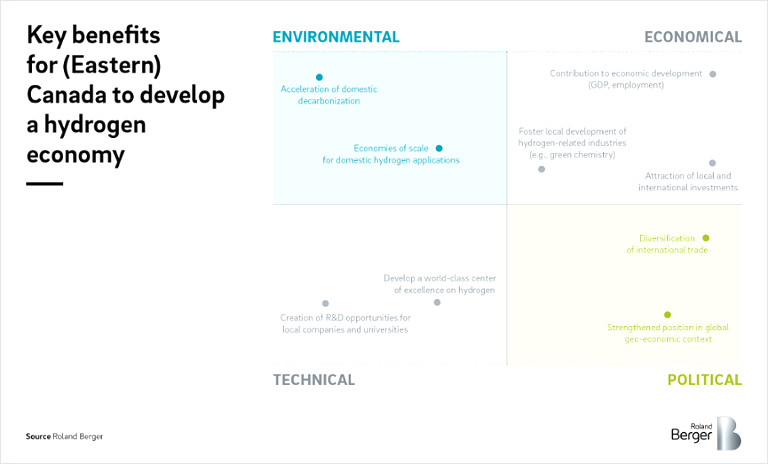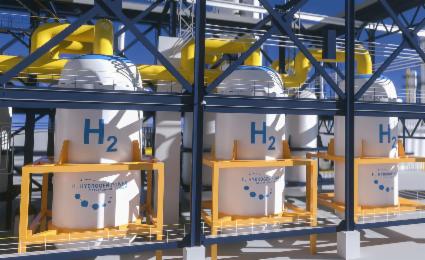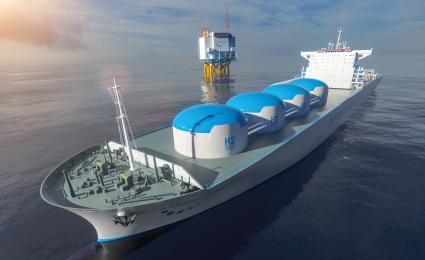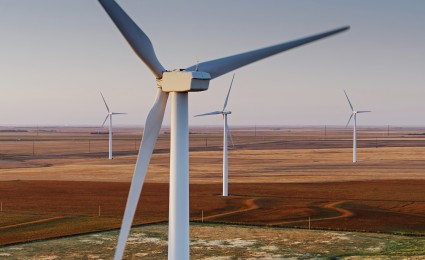Hydrogen Valleys are locally integrated mini hydrogen ecosystems that combine hydrogen supply and demand to increase scale, maximize asset utilization and reduce costs.


Fueling the green hydrogen economy: The role of Eastern Canada
Opportunities and priorities from the recent Canada-German Hydrogen Alliance
Hydrogen will be a key contributor to achieving global decarbonization targets: The current goal of net-zero requires a sixfold increase in global hydrogen consumption by 2050. But to be emission-free, hydrogen needs to be produced from renewable electricity through water electrolysis. Europe, with its lack of large-scale sources of renewable energy, is set to become a net importer of hydrogen. This creates a major opportunity for Eastern Canada, with its abundant sources of renewable energy – as witnessed by the recently signed declaration of intent to establish a Canada-Germany Hydrogen Alliance. A new study by Roland Berger examines the opportunities and priorities arising from this alliance and the potential for Canada to fuel the global green hydrogen economy.
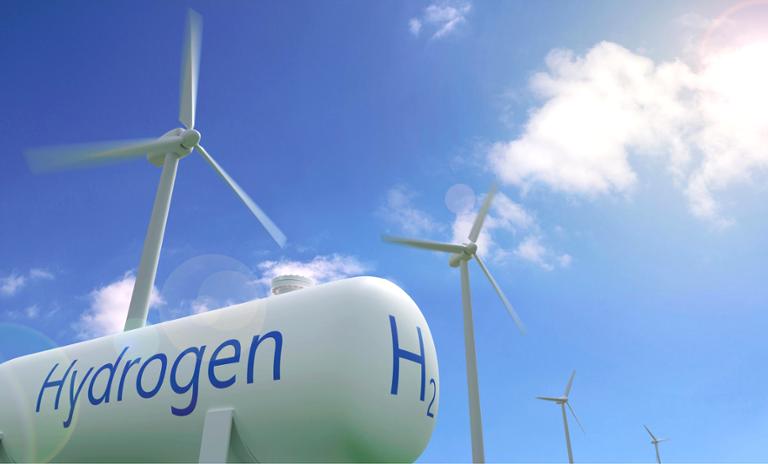
"Fostering cross-sectoral collaboration across stakeholders will be key for turning the vision into reality and developing a world-class hydrogen economy in Canada"
The goal of net-zero
Hydrogen has an essential role to play in achieving global targets for decarbonization, especially in its capacity as an industrial feedstock and as fuel in heavy-duty mobility applications. Globally, consumption of hydrogen will need to increase six times overs by 2050 in order to meet these targets. This puts Europe in a difficult position: The continent lacks the natural resources to produce hydrogen from renewable electricity and will need many years to become self-sufficient.
In the intervening period, Europe will inevitably become a net importer of hydrogen, with an annual target of 10 million tons of hydrogen imports through 2030. To meet this import need, European countries are currently busy signing memoranda of understanding (MoUs) with low-cost hydrogen-producing regions with the aim of securing their future supply of hydrogen. One significant example is the recent declaration of intent between Canada and Germany to establish a Canada-Germany Hydrogen Alliance.
Green hydrogen
Global annual hydrogen consumption is currently around 90 million tons, mainly driven by the use of hydrogen in refining petroleum and the production of fertilizers. The hydrogen in question is to a large extent produced from natural gas, as a byproduct from refineries or from coal gasification – both processes that generate major greenhouse gas emissions. But it is also possible produce hydrogen from renewable resources, such as hydroelectric, wind and solar power. This "green hydrogen" – hydrogen created by splitting water into hydrogen and oxygen with the use of renewable electricity – is potentially completely emission-free, depending on the precise source of the electricity used.
A major opportunity for Canada
Renewable energy is the major cost driver in the production of green hydrogen. But the large hydrogen demand pools that are expected to emerge are not always in the locations with the best renewable resources. Consequently, hydrogen trade flows are expected to develop. Europe's transformation into a net importer of hydrogen creates a major opportunity for Eastern Canada, which is extremely well positioned to export green hydrogen thanks to its access to cost-competitive, abundant renewable energy.
A new study at Roland Berger examines why Eastern Canada is well positioned to supply green hydrogen to Europe and what it should be doing to realize this opportunity. We believe that by taking action now and establishing cross-sectoral collaboration across stakeholders, Canada has the potential to develop a world-class hydrogen economy and turn the vision into reality.
Why Eastern Canada?
Canada is a natural transatlantic partner for Europe, enabling Europe to diversify its energy supply base and accelerate its transition towards clean energy. Besides meeting the fundamental requirements for being a suitable business partner, Canada's advantages include its major potential for creating additional renewable energy, its existing deep-water port infrastructure, its historical bilateral trading relationship with Europe and – last, but by no means least – the fact that it has the shortest direct trade routes between North America and Europe. Moreover, while Europe is still debating future regulation governing the production and import of renewable hydrogen, Eastern Canada already meets strict eligibility criteria. This gives it a head-start when it comes to planning and developing hydrogen production and export projects.
Three project archetypes
With regard to GW-scale hydrogen production projects geared towards export, we expect to see three main types of projects (or "project archetypes") emerging – namely, grid-connected facilities in renewables-dominated provinces, grid-connected dedicated onshore wind facilities, and off-grid dedicated offshore wind facilities. Each of these hydrogen production project archetypes involves different project economics, resulting in differences in the landed costs in the European Union of the green hydrogen they produce.
What's in it for Canada?
Developing a significant hydrogen economy geared at least partially towards exports will yield significant benefits for Eastern Canada – economic, environmental, political and also technical. Besides direct and indirect economic benefits, green hydrogen is an opportunity for Eastern Canada to:
- Accelerate its domestic decarbonization efforts and benefit from economies of scale
- Become a world-class center of excellence for hydrogen technologies, attracting R&D (research and development) projects, talent and investment
- Strengthen Canada's position in the global geo-economic context by reinforcing its importance for Europe and diversifying its international trade basis
Realizing the opportunity
The green hydrogen value chain is complex, with many interdependencies, technological hurdles and a lack of bankable offtake guarantees. Often, projects struggle to mature and reach a final investment decision as a result. The key to overcoming these challenges is to remove risk from the projects, a process known as "de-risking".
Roland Berger has identified a number of key success factors for projects across the value chain. On this basis we derive concrete actions for local and international stakeholders to get the green hydrogen market going. But to put Eastern Canada firmly on the green hydrogen map and help the world meet its decarbonization targets, we believe that there is no room for delay: The time to act is now.
Register now to download the full study “How Eastern Canada can fuel the green hydrogen economy” including key insight, as well as our suggestions for players in the Canadian hydrogen industry. Additionally, you get regular insights into hydrogen economy topics.


